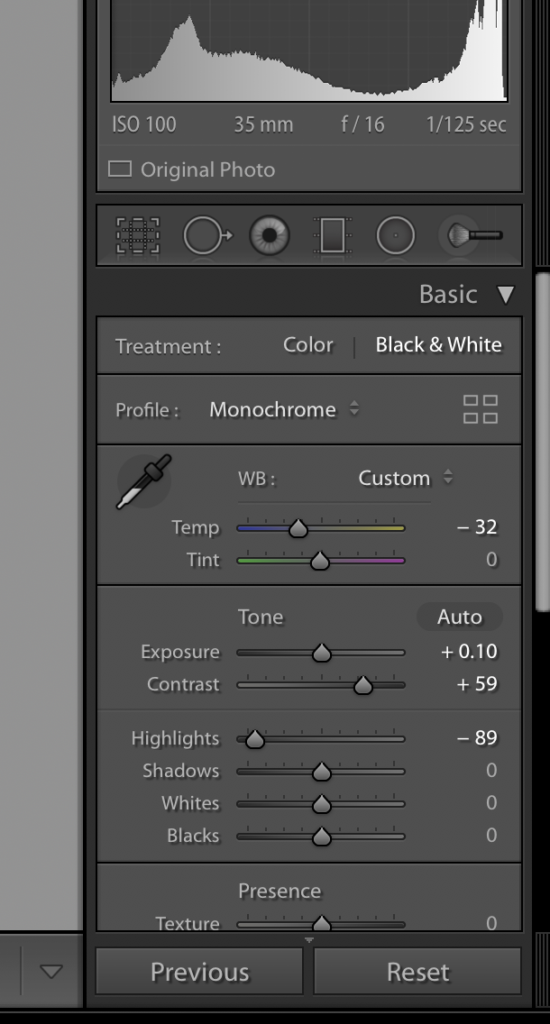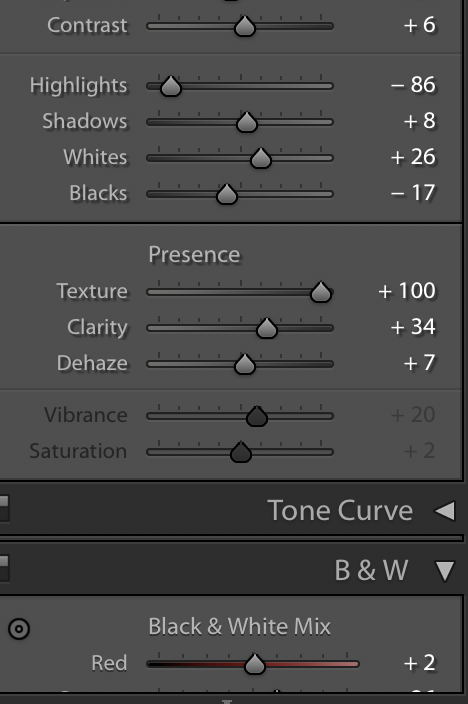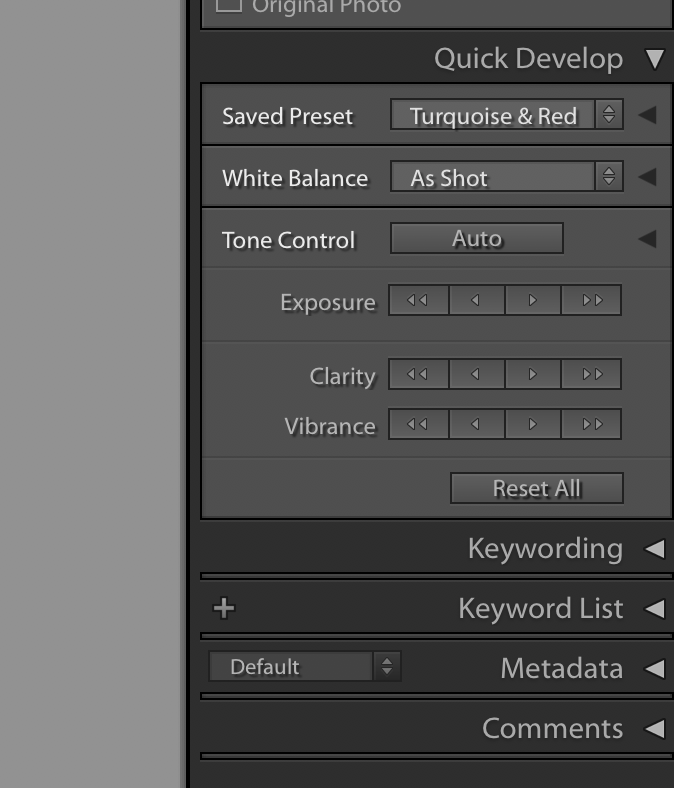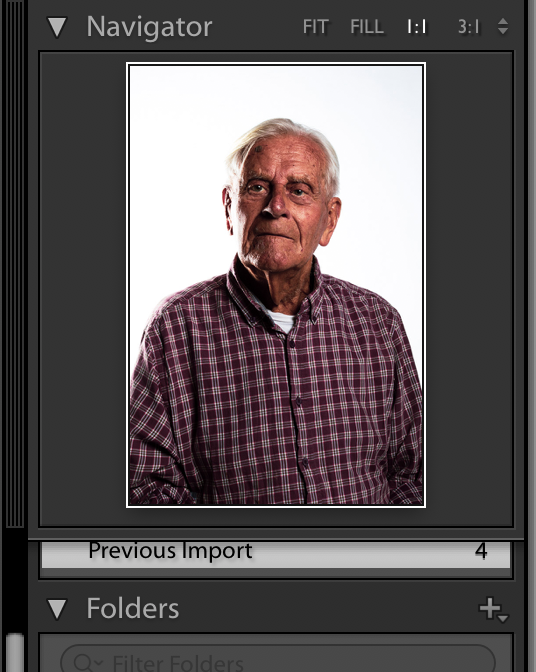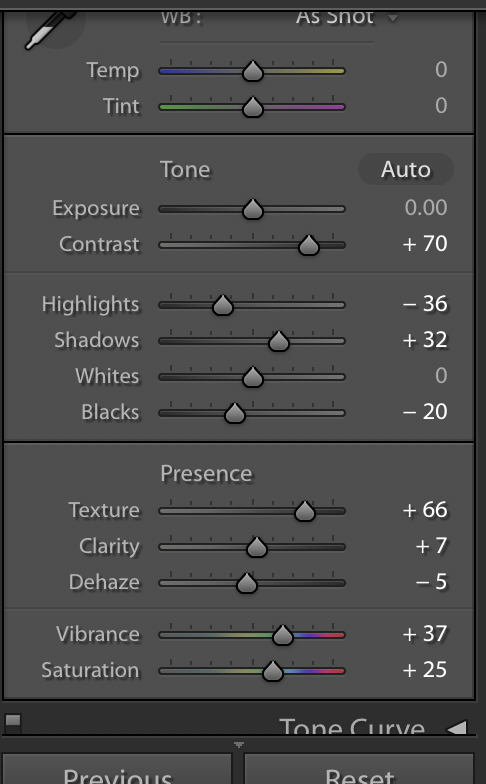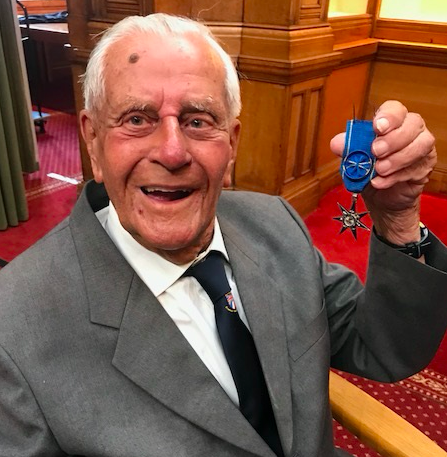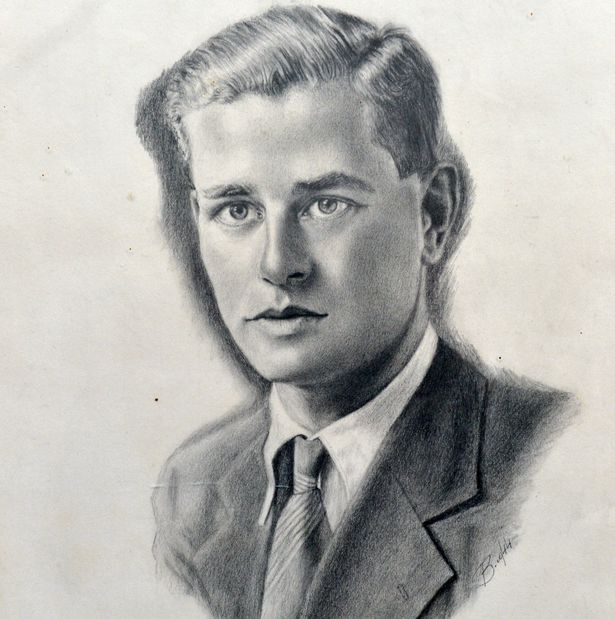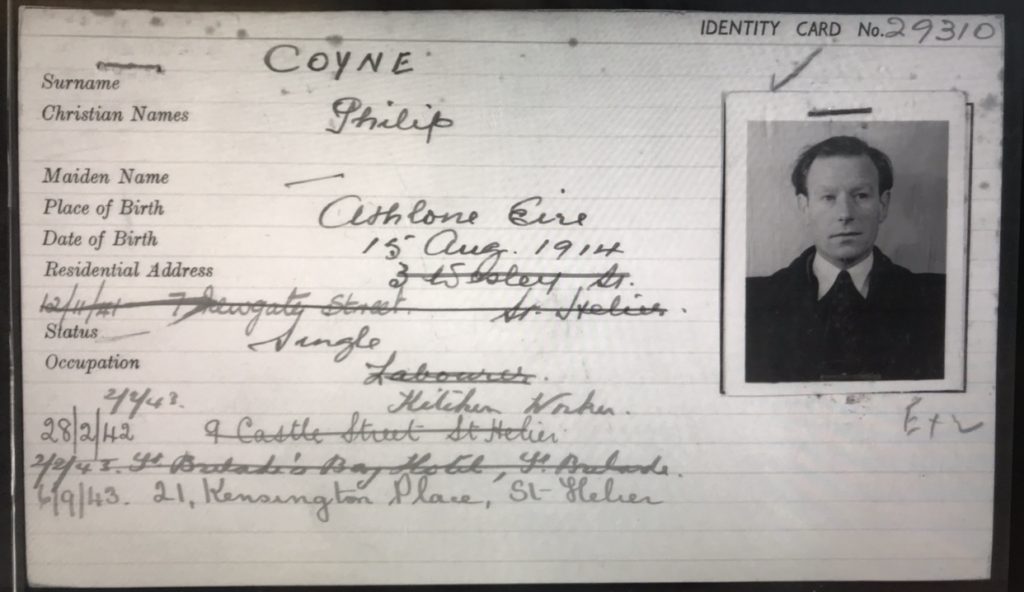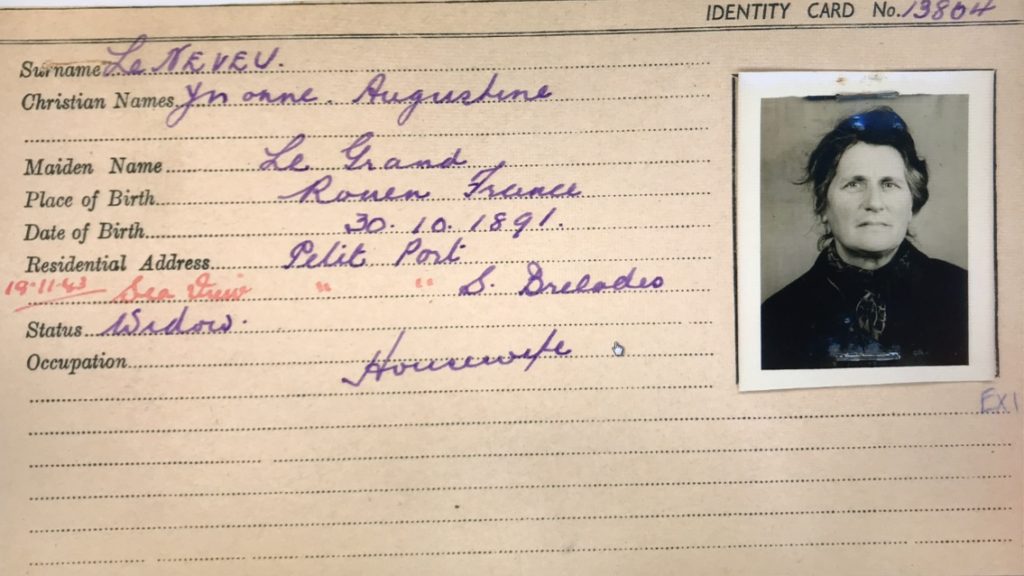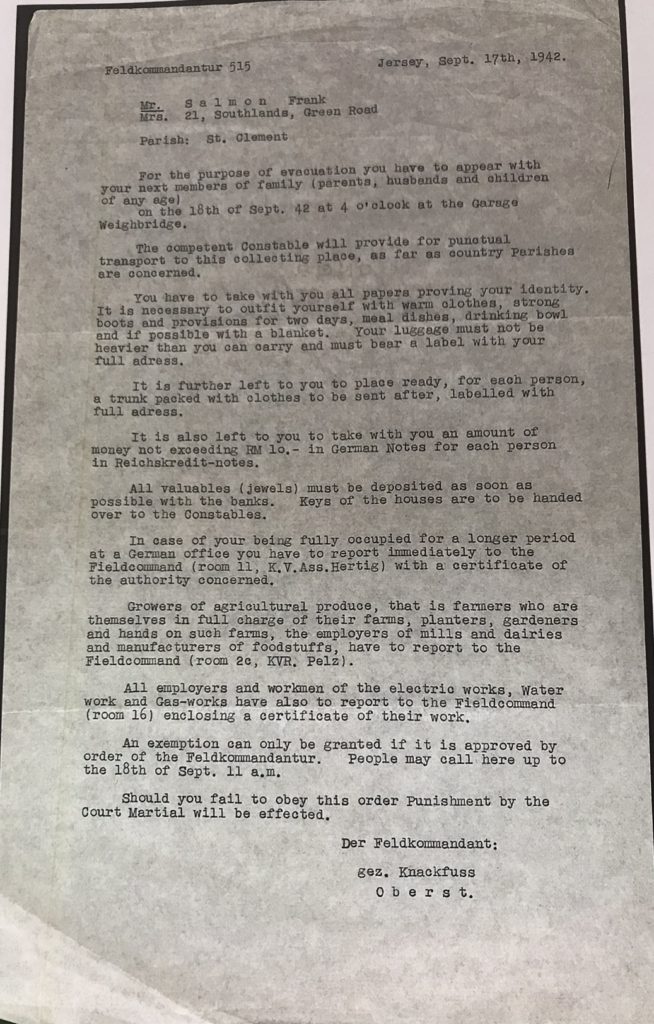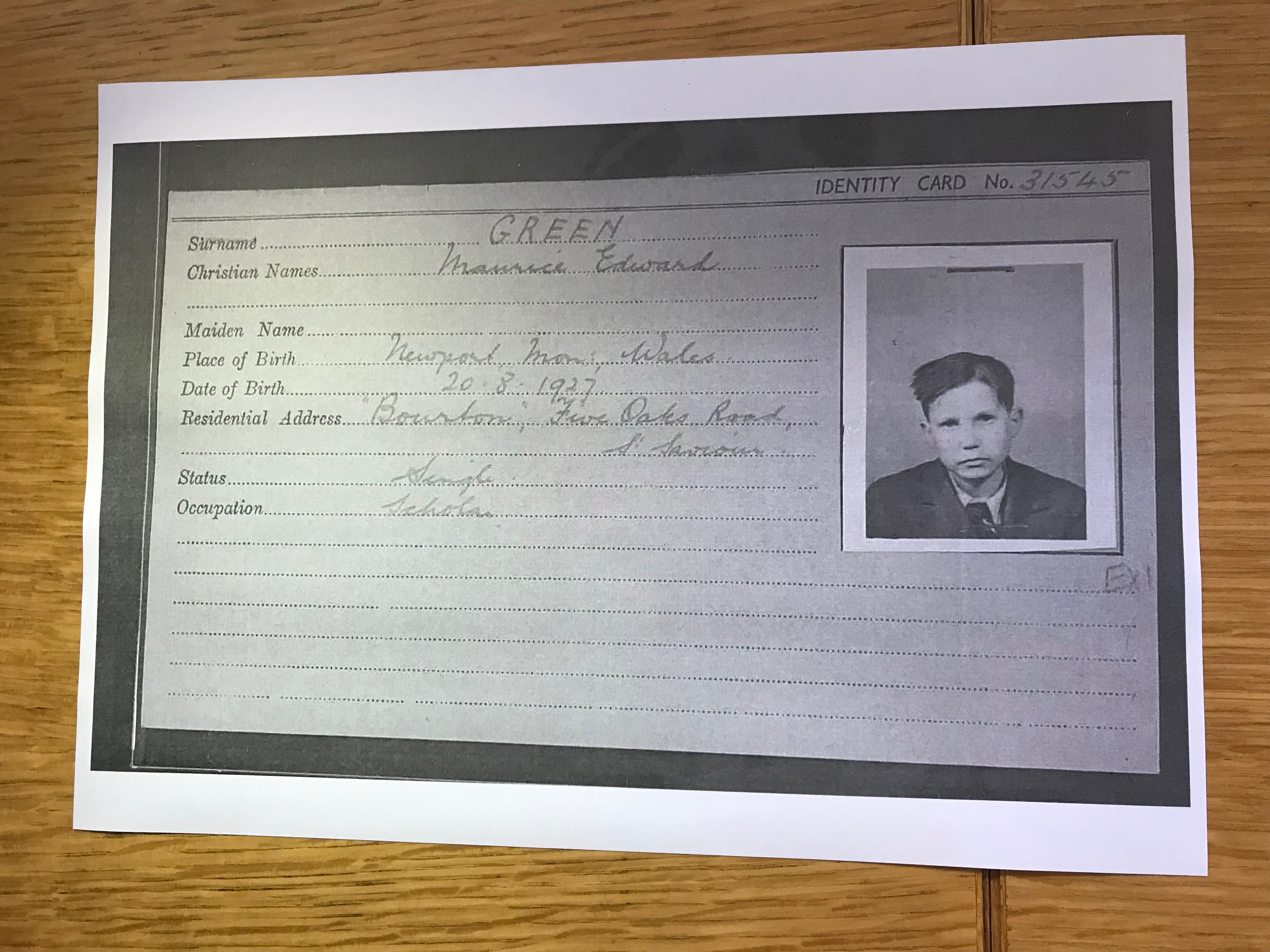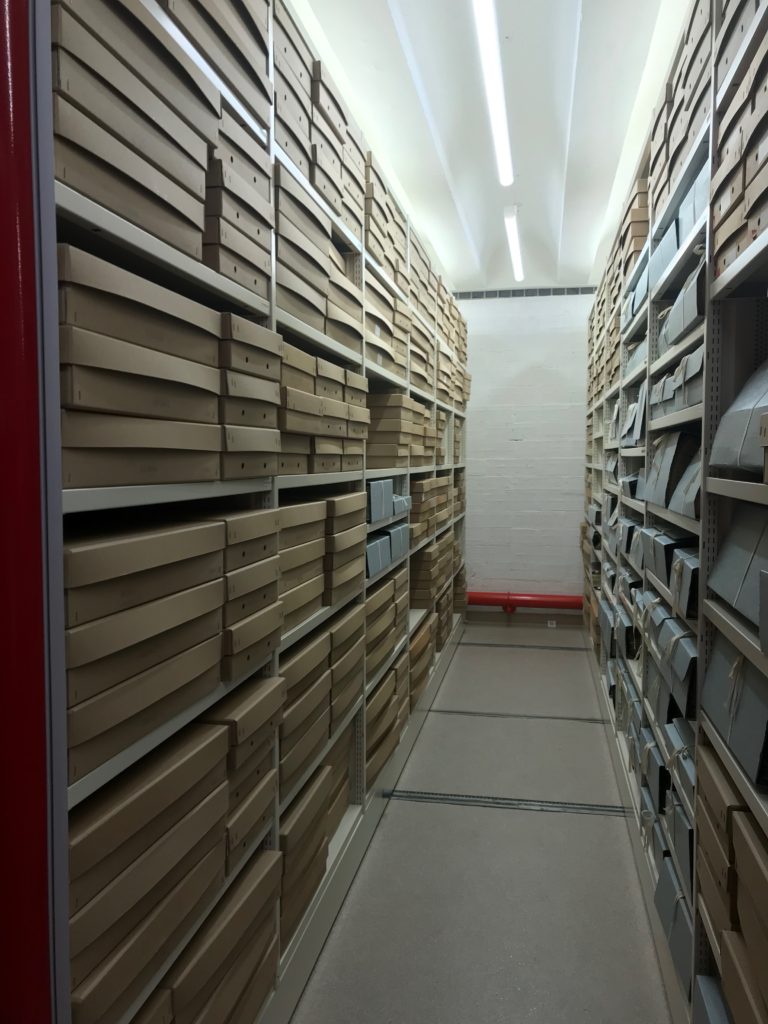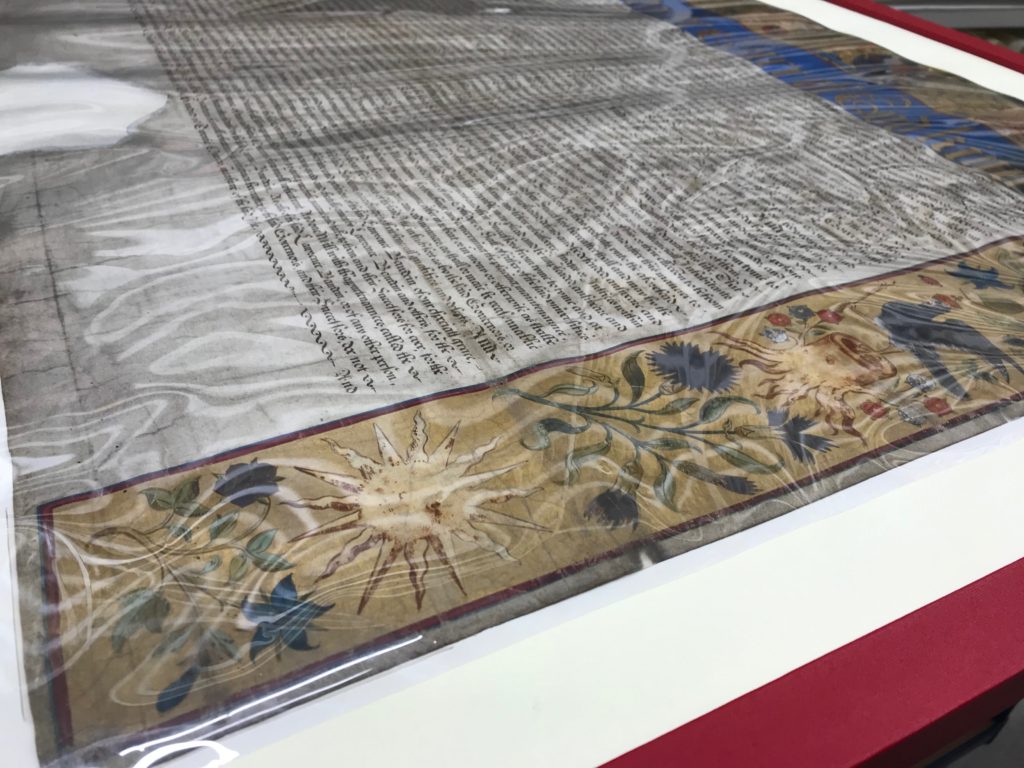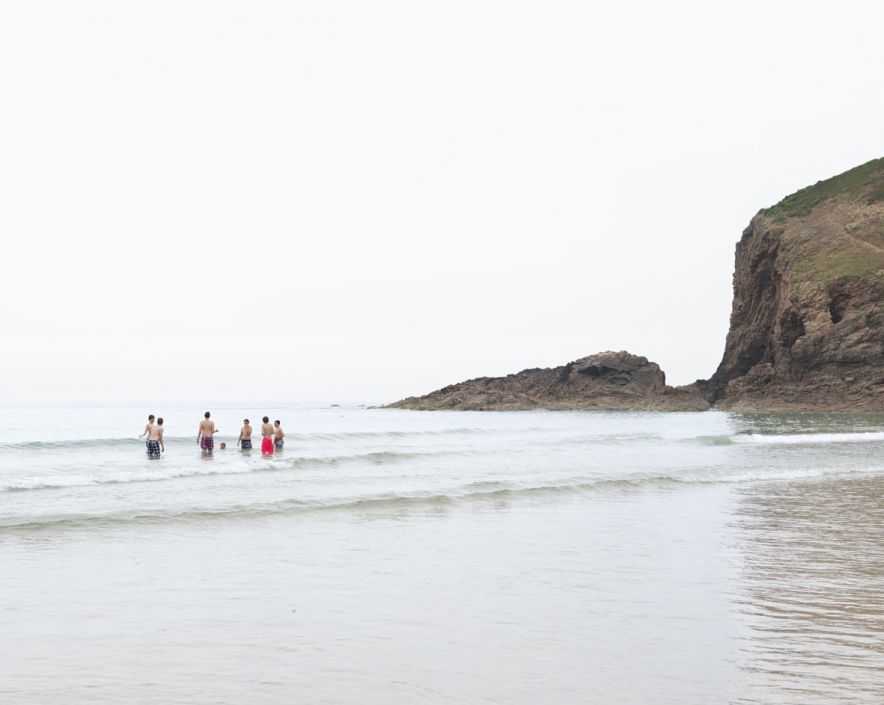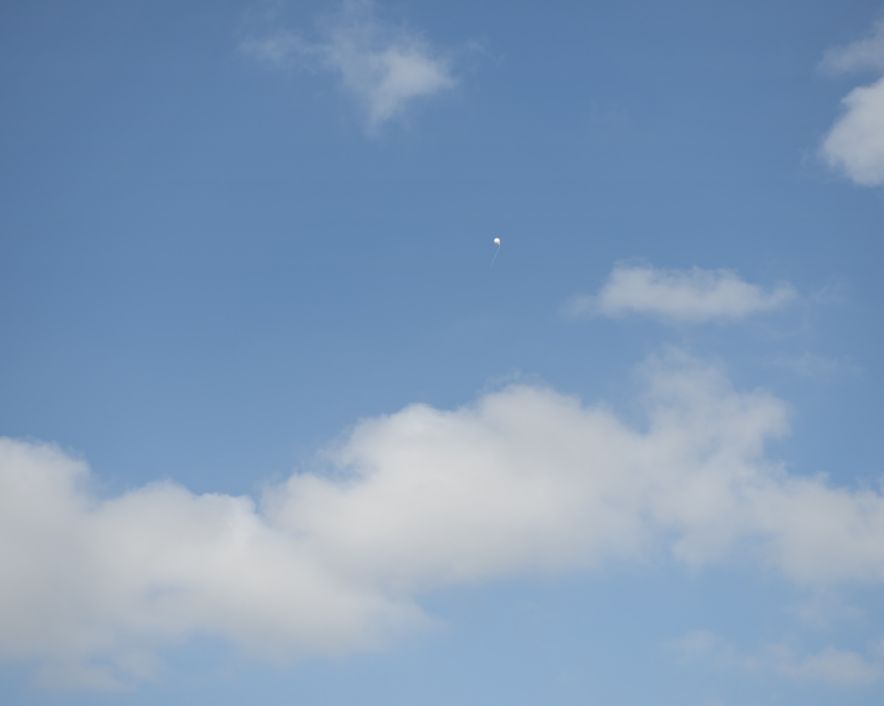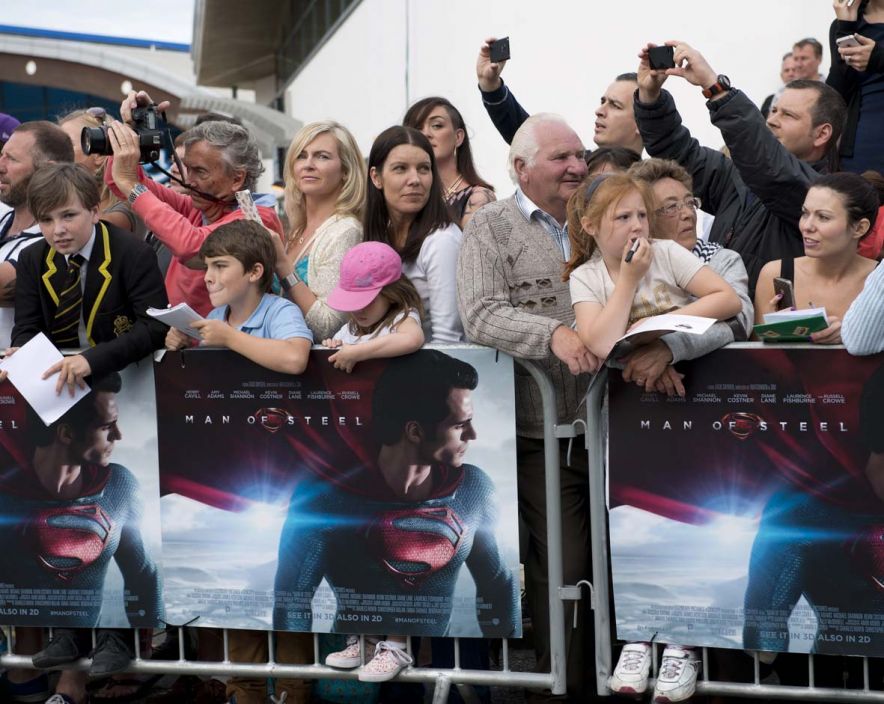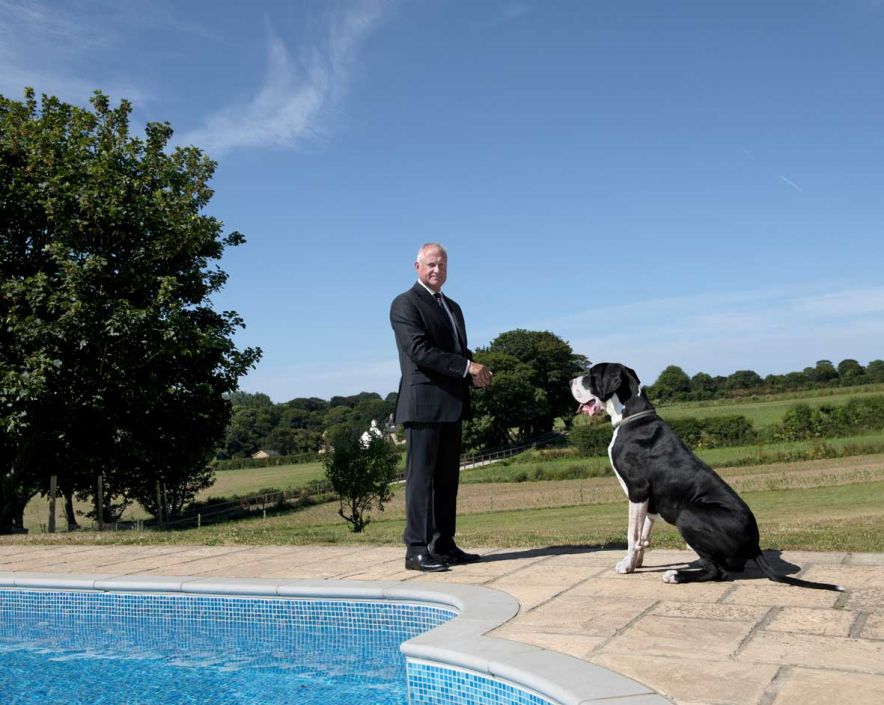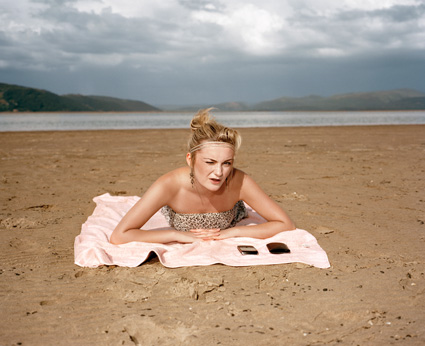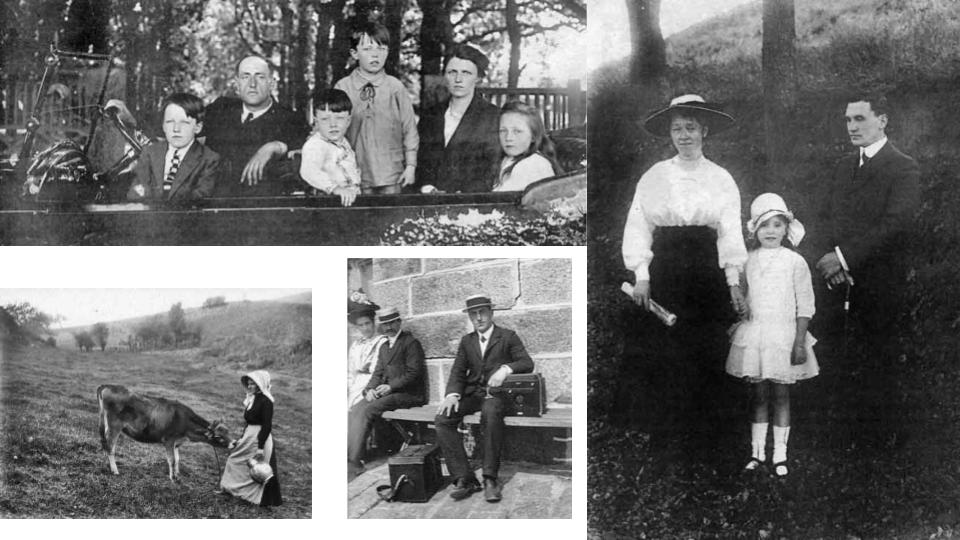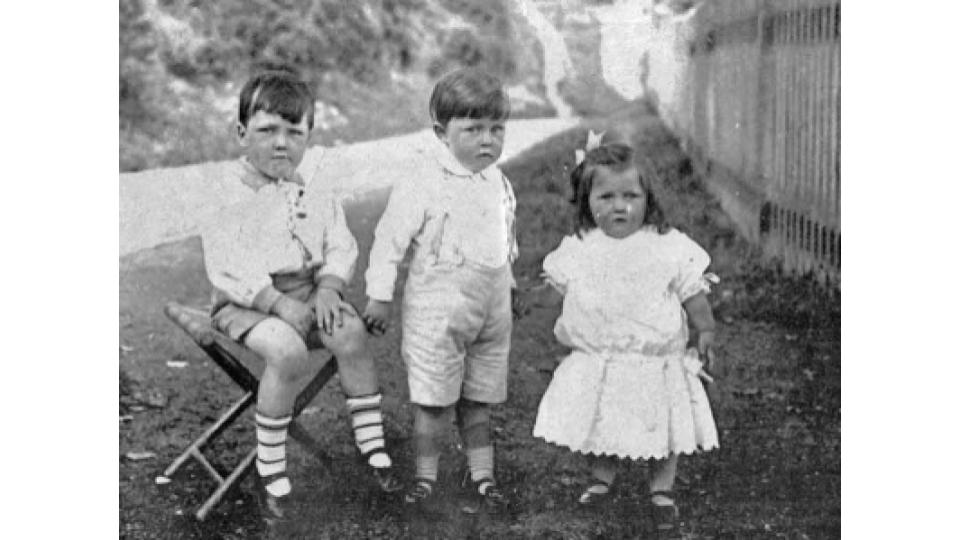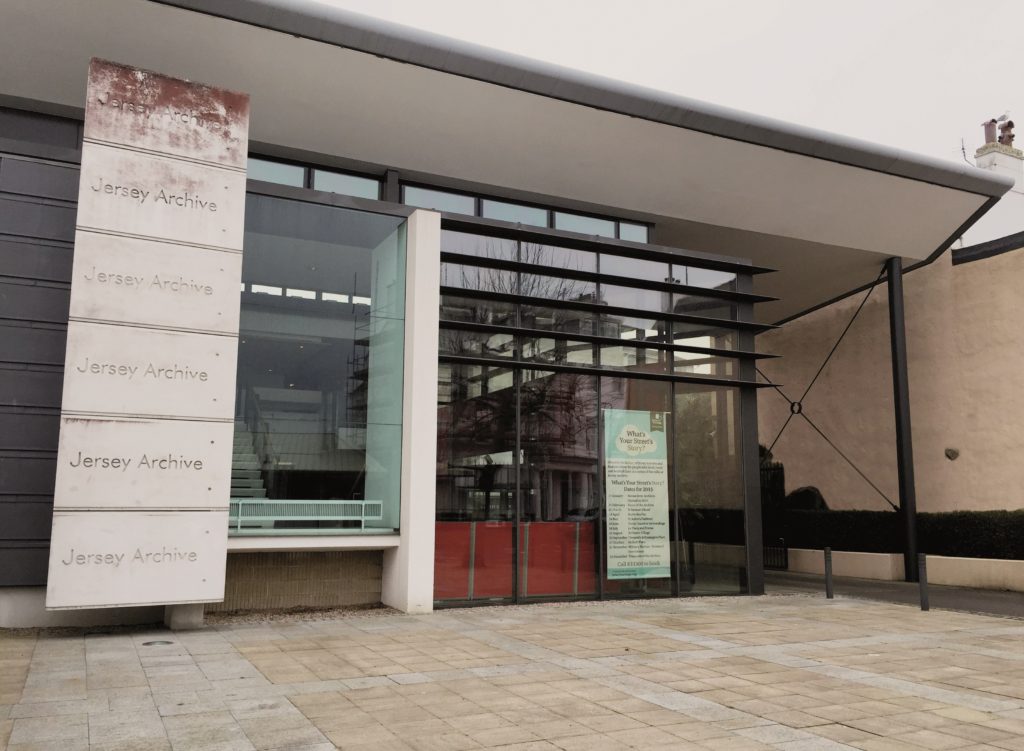
Jersey Archive is a public institution which stores private materials such as images, occupation registration, jersey evening post images hospital records, and testaments. However, the archives priority is the preservation of documents which are carefully placed in acid free materials and kept in the correct conditions. The archive members are very good at making the preserved images accessible to the local community.
This archive can be used for tracing history and learning about the occupation in Jersey.
The role and purpose of the archive
A role of an archive is to help and preserve the history of Jersey so residence of jersey and others who are interested in the topic of jersey occupation can learn more on the islands history. This is important as remembering history on how societies learn from their past mistakes.
Occupation registration card
It was announced in Jersey Channel islands that men and women over the age of 14 had to be registered under Registration and Identification of Persons Order, which was declared December 1940. This had been done in order to control movement in and out of Jersey, as well as to restrict the moment.
The physical cards show the details of the islander living in the occupation, such as identification (picture), address and family details. All islanders were given the physical card which the Nazis authorities kept the official set of each copy which are more stored at Jersey Archive.
Each card also came with a blue form which provided extra information that was not on the card such as physical peculiarities and any military service experience. The same of children under the age of 14 were also behind the men cards.
The Germans had to carry these registration cards in order to be easily identified if stopped by troops. The cards were regularly updated and as soon as children met the age requirement of 14 they were immediate given a ID card.
Research- Gladys May Green

Above we can see the registration card of Gladys May Green, a Jersey Resident. The card is as of a normal registration. card found in the occupation, ruling her out of not being a jersey resident or an immigrant. Looking further into the card we can see that she was born in the south east of Jersey in St.Clements 30th December 1902.
The blue registration card which she would have was not published online, therefore do not know about her more personal details such as, the colour of hair, eye colour, children etc. Though we don’t have accurate results of these factors, looking at her image we can guess she had short brown/dark coloured hair, dark coloured eyes (either hazel for brown) and a round face.
Furthermore, we can see that Gladys status was ‘married’ which is shown in the middle of the card is very squiggled writing. This is then linking with her occupation being a ‘housewife’ which is shown on the line below. The role of a housewife is basically a home keeper where she would keep the home running in an orderly fashion. This included doing things such as caring for children, buying, cooking, and storing food for the family, buying everyday needs, cleaning, and overall maintaining the home. She also would have prepared dinner for the family every evening which would have been challenging with the rations given to every home, and due to her not being a farmer she would have gotten the normal amount of rations and not a larger amount. From a logical point of view, i guess that Gladys would have also been in charge of putting up the white sheets to black out their windows to stop the home light shining to the outside.
Looking into the squiggly writing pin the ‘Residential Address’ line I have made out that she used to live in a cottage which had a line through in in red pen, showing that she had moved home and the address wasn’t renewed on her card. Although I did try to find her husbands occupation card on the Jersey Heritage website, I couldn’t find him and therefore we can only guess that her husband could of been quite wealthy and therefore moved them to a safer location, or that they both died in the war.






